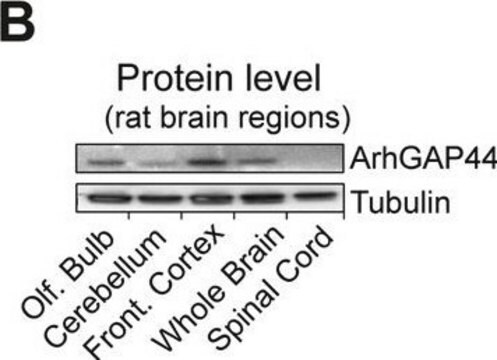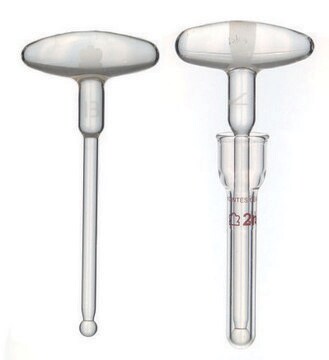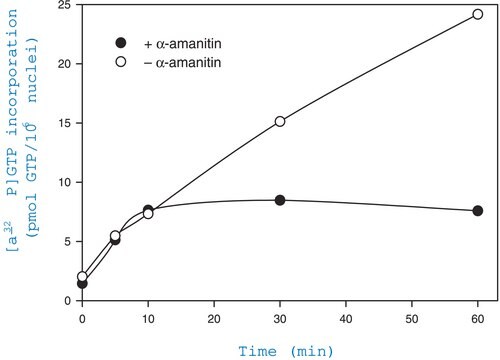MAB5564
Anti-β-Tubulin III Antibody
CHEMICON®, mouse monoclonal,
Synonim(y):
Anti-CDCBM, Anty-CCDCBM1, Anty-CFEOM3, Anty-CFEOM3A, Anty-FEOM3, Anty-TUBB4, Anty-beta-4
About This Item
Polecane produkty
Nazwa produktu
Anti-Tubulin β III Antibody, Chemicon®, from mouse
pochodzenie biologiczne
mouse
Poziom jakości
forma przeciwciała
purified antibody
rodzaj przeciwciała
primary antibodies
klon
monoclonal
reaktywność gatunkowa
rat
producent / nazwa handlowa
Chemicon®
metody
immunohistochemistry: suitable
western blot: suitable
izotyp
IgG
numer dostępu NCBI
numer dostępu UniProt
Warunki transportu
wet ice
docelowa modyfikacja potranslacyjna
unmodified
informacje o genach
rat ... Tubb3(246118)
Specyficzność
Zastosowanie
Neuroscience
Neuronal & Glial Markers
Neurofilament & Neuron Metabolism
Immunohistochemistry: 1:1,000-1:3,000 on neuroblasts in adult rat brain using a fluorescently labeled secondary antibody.
Optimal working dilutions must be determined by end user.
Powiązanie
Postać fizyczna
Przechowywanie i stabilność
Informacje prawne
Oświadczenie o zrzeczeniu się odpowiedzialności
Nie możesz znaleźć właściwego produktu?
Wypróbuj nasz Narzędzie selektora produktów.
polecane
Kod klasy składowania
10 - Combustible liquids
Klasa zagrożenia wodnego (WGK)
WGK 2
Temperatura zapłonu (°F)
Not applicable
Temperatura zapłonu (°C)
Not applicable
Certyfikaty analizy (CoA)
Poszukaj Certyfikaty analizy (CoA), wpisując numer partii/serii produktów. Numery serii i partii można znaleźć na etykiecie produktu po słowach „seria” lub „partia”.
Masz już ten produkt?
Dokumenty związane z niedawno zakupionymi produktami zostały zamieszczone w Bibliotece dokumentów.
Nasz zespół naukowców ma doświadczenie we wszystkich obszarach badań, w tym w naukach przyrodniczych, materiałoznawstwie, syntezie chemicznej, chromatografii, analityce i wielu innych dziedzinach.
Skontaktuj się z zespołem ds. pomocy technicznej








